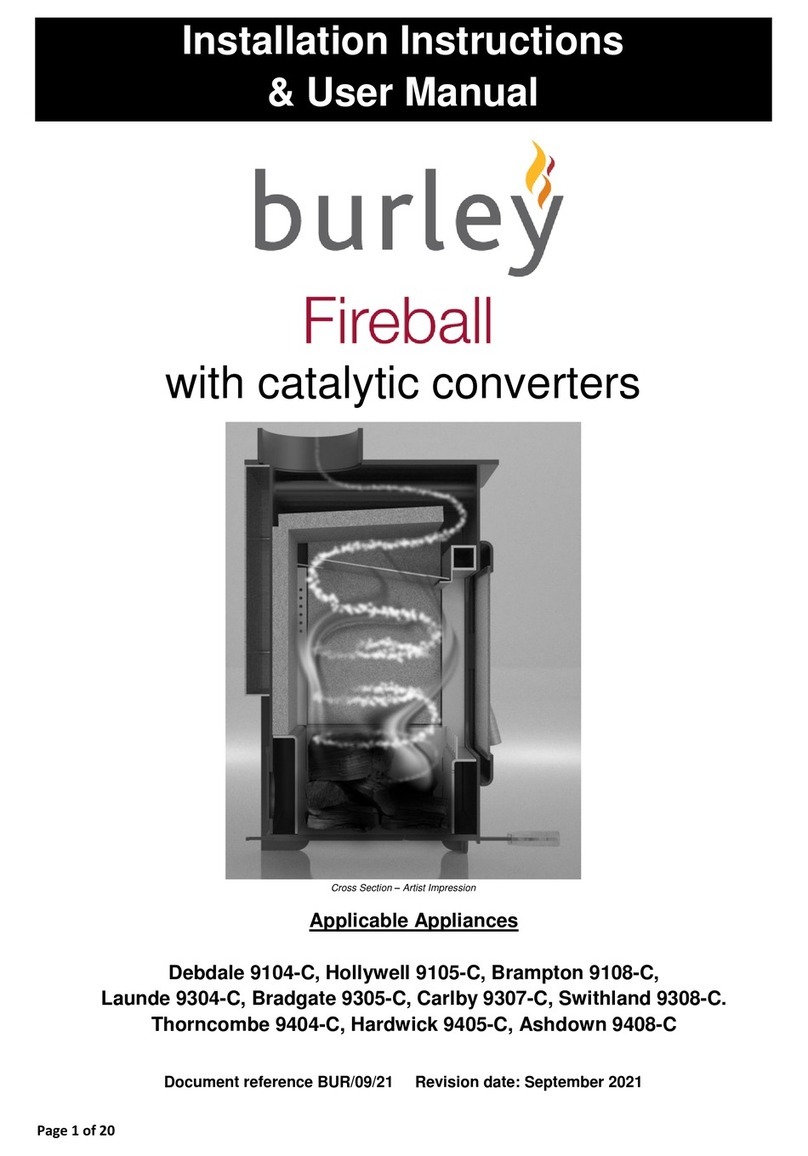Page 2 of 20
Table of Contents
Technical data................................................................................................................................4
Stove Dimensions..........................................................................................................................5
9507.................................................................................................................................................5
9510...................................................................................................................................................
.........................................................................................................................................................6
9514.................................................................................................................................................7
Approvals .......................................................................................................................................8
The Clean Air Act 1993 and Smoke Control Areas .....................................................................8
Hearths............................................................................................................................................9
Stove tables....................................................................................................................................9
Inset installations.........................................................................................................................10
Air supply .....................................................................................................................................10
Room Sealing Kit.........................................................................................................................10
Chimneys......................................................................................................................................11
Assembly of control levers.........................................................................................................11
Installation of the stove fire bricks.............................................................................................11
Commissioning the Appliance....................................................................................................12
USER INSTRUCTIONS.................................................................................................................13
To Light the Stove........................................................................................................................13
Recommended fuels & using the Moisture Meter.....................................................................14
Stove Thermometers - DO NOT USE WITH OUR STOVES ...............................................15
Troubleshooting/Poor Appliance Operation..............................................................................16
Reasons for Premature Wear of Internal Parts..........................................................................16
Care of Glass................................................................................................................................17
Chimney Sweeping and Maintenance........................................................................................17
Safety............................................................................................................................................18
Warranty .......................................................................................................................................19
If you need further help…............................................................................................................19
Spare Parts...................................................................................................................................19
Customer & Installation Notes....................................................................................................20
PLEASE CAREFULLY CHECK YOUR STOVE FOR DAMAGE
OR DEFECTS PRIOR TO FITTING.
WE CAN NOT EXCHANGE DAMAGED OR FAULTY
STOVES THAT HAVE BEEN FITTED.
































